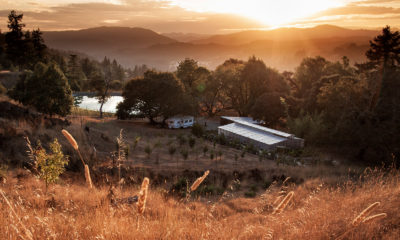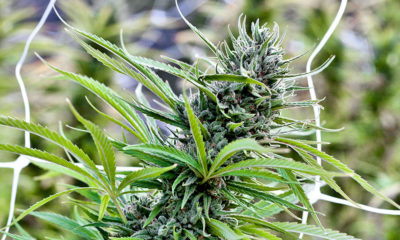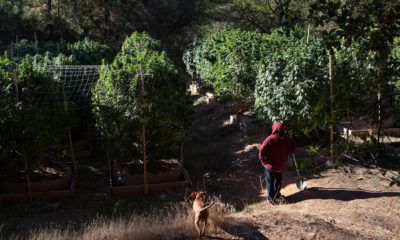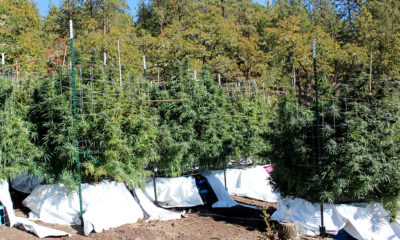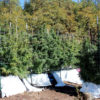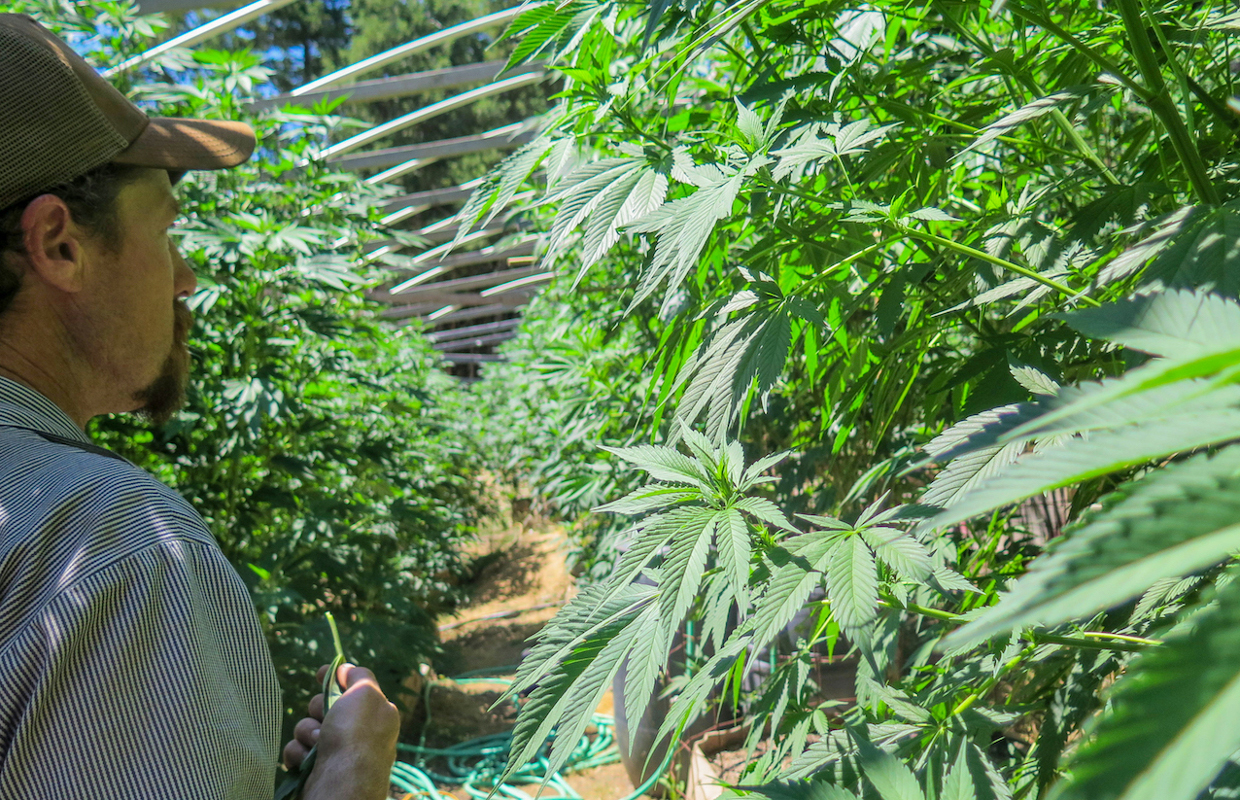
Cultivation
Humboldt Fights to Survive – Meet the Sun Growers Guild
Humboldt has long been associated with magnificent marijuana, but the expansion of corporate cannabis has some long-time cultivators banding together to preserve their culture and protect their corner of the market.
Take Highway 101 north from San Francisco, crossing the Golden Gate Bridge, and passing through the suburbs of Marin and the vineyards of Sonoma and Mendocino. The trees along the road grow increasingly imposing as you wind your way through the rural landscape — when you find yourself surrounded by ancient 300-foot-tall redwoods, you’ll know you’ve reached Humboldt County.
The “Humboldt” name means quality bud the world over, so you’d never guess its growers are in the fight of their lives. Prohibition is ending, crop prices promise to fall, regulations are on the rise. Furthermore, Humboldt outdoor is out of style in chic clubs, undercut by cheap imposters.
“Our legacy and our heritage and our culture of growing the world’s best weed was going down the drain,” says Chrystal Ortiz, operations manager for True Humboldt, a brand representing organic sungrown cannabis sourced from a network of 150 small farms. They’re the touchpoint for the new Humboldt Sun Growers Guild — which aims to future-proof America’s pot-growing heartland.
Soon, California patients will be able to scan a code on their weed bag with their mobile phone, and know where it came from. True Humboldt gets them into stores, where they come labelled with the Guild farm that grew it. The agricultural cooperative protects their livelihood and amplifies their voice.
After contending with the risks and traumas of prohibition, these farmers now face not only customer defection, but new medical regulations and more competition much closer to urban markets.
“Corporate agriculture takes over and the first thing they do is wipe out the small farmers. That’s the history of America,” says Stephen Dillon, True Humboldt director.
Corporate agriculture means mass production, cheap labor, and heavy use of synthetic fertilizers and toxic pesticides.
“It’s sort of the antithesis of what we’re doing. But we’ve been growing pot through thick and thin for 40 or 50 years, and we’re really good at it.”
“I’ve been farming for 26 years — my whole adult life,” says Dillon. “My family’s been in Humboldt for five generations. The timber’s gone, the fishing’s gone, so this is just what we do.”
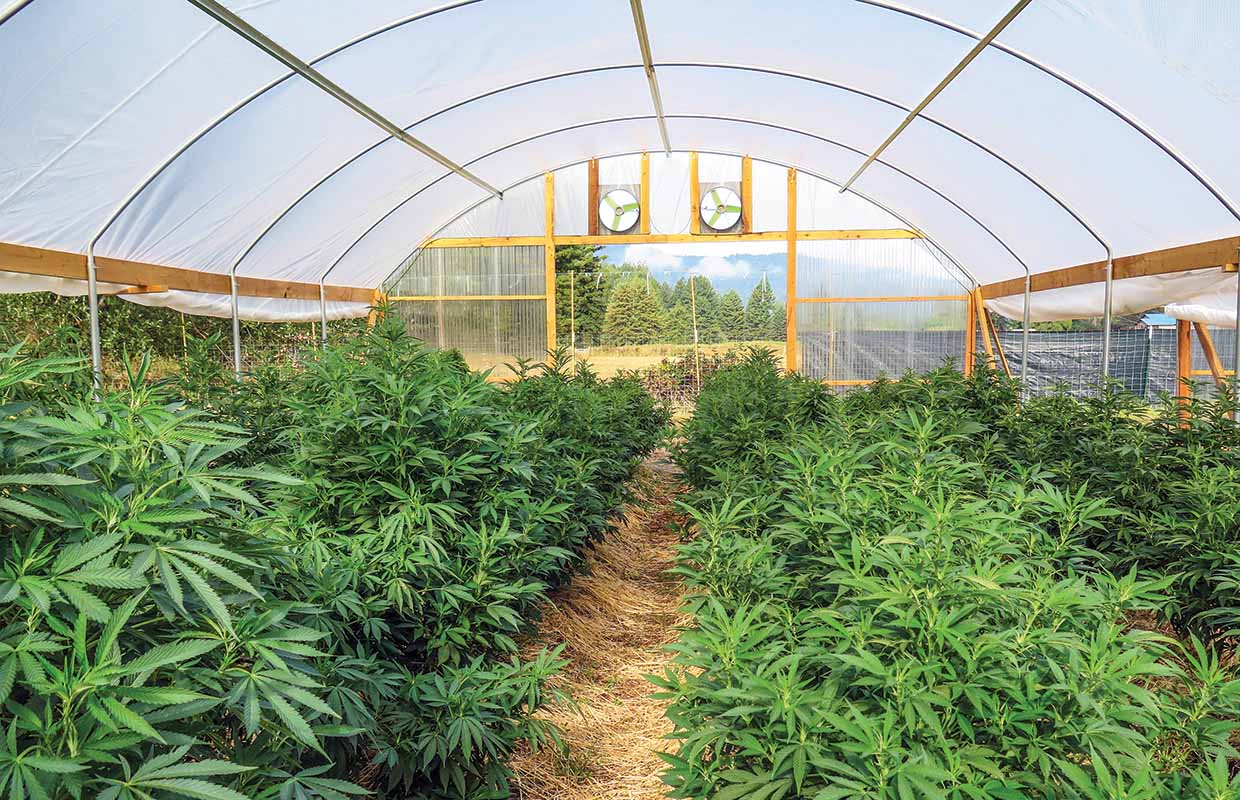
Back-to-the-land hippies have been cultivating cannabis in these forested hills since the late 1960s. Over the years, their small family farms been joined by an influx of large-scale grows that wreak environmental havoc while churning out a steady supply of subpar pot.
With a glut of cheap weed bringing down the price per pound, many farmers have compensated by growing more plants, sacrificing quality for quantity.
Meanwhile, dispensaries throughout California place a premium on flowers grown in warehouses under electric lights. Flowers grown outdoors are presented as an economical alternative to prized top-shelf indoor.
“It’s not easy,” Ortiz says. “I get shut down from dispensaries every day that will say to me, ‘My patients don’t like outdoor, my patients like indoor.’”
She and her colleagues believe that more patients would choose organic sungrown cannabis if it were clearly labeled. Very few clubs will hang free Guild posters highlighting the carbon footprint of indoor cultivation, Ortiz said.
“We felt like the consumer wasn’t being told the truth and wasn’t given an option to support sustainable family farms.”
The Humboldt Sun Growers Guild is also helping farmers obtain necessary permits, operate in compliance with current laws, and implement responsible practices such as proper water storage. They are able to negotiate bulk discounts on supplies and equipment. The Guild also works with government officials and advocates on behalf of its members.
“All of the sudden, as the fear and the shadows of the drug war start to fall away,” Ortiz sees peers wearing T-shirts printed with the names of their farms.
“Their gates are going to go from being shrouded with weeds and poison oak to tree-lined driveways.”
She expects that this newfound ability to take pride in their work “is going to have profound impact on our environment and on the social fabric of our community.”
Published in issue 24 of Cannabis Now. LEARN MORE





